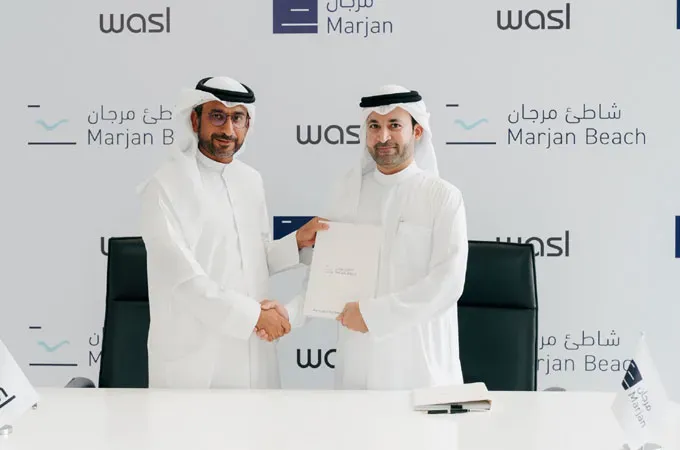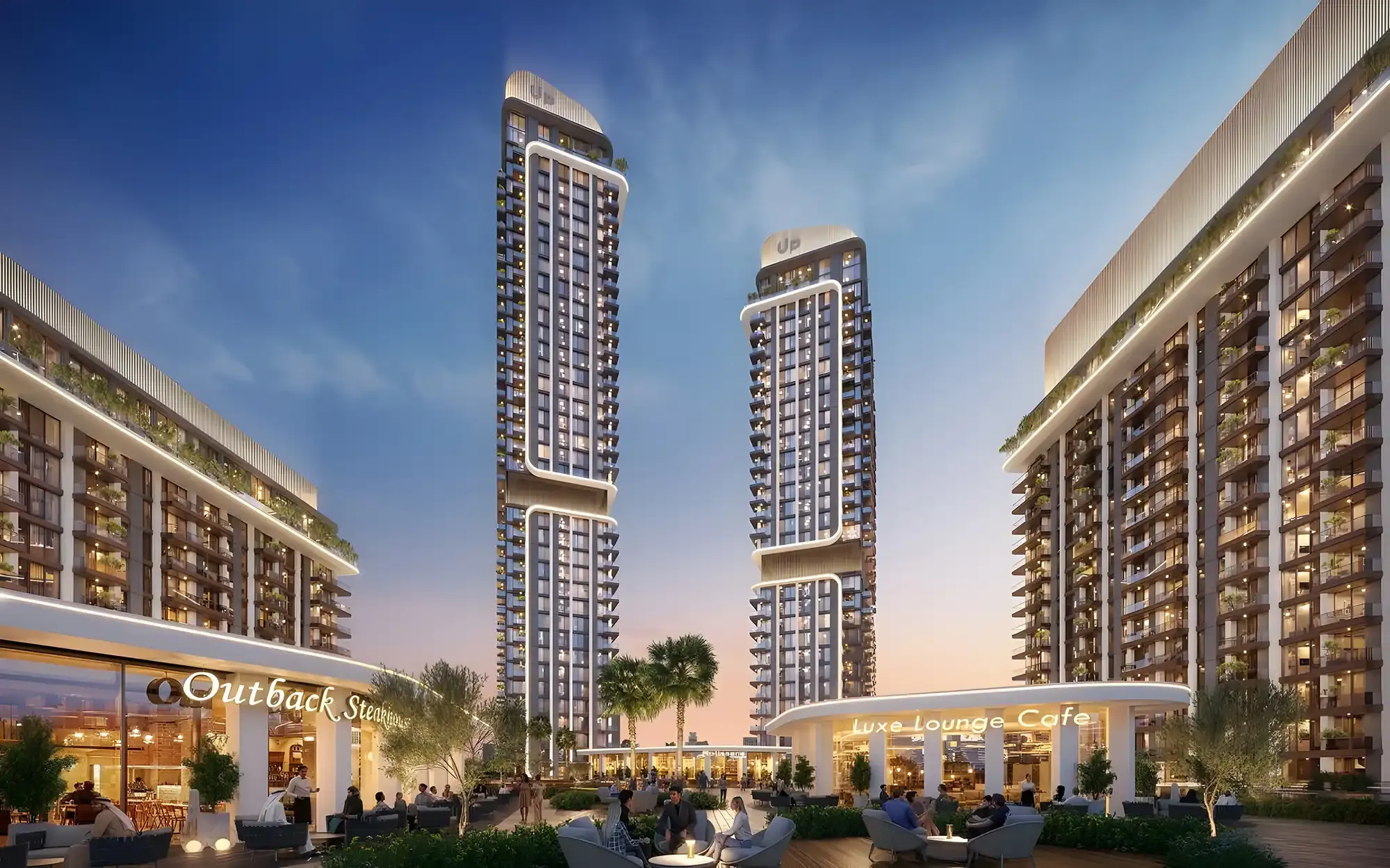Riyadh, Saudi Arabia - August 28, 2025 - Saudi Arabia’s residential real estate market is showing signs of increasing maturity, with key cities recording growth in both prices and rental rates while new supply is set to reshape urban development across the Kingdom.
Driven by evolving end-user needs and a growing preference for affordable apartment living, market activity is supported by the Kingdom’s Vision 2030 agenda, which continues to attract substantial investment into the residential markets of Riyadh, Jeddah, and the Dammam Metropolitan Area (DMA).
Riyadh Prices Surge as Demand Strengthens
According to JLL’s KSA Living Market Dynamics Q2 2025 report, Riyadh maintained its momentum with a 15.1% increase in villa prices and a 13.3% rise in apartment prices year-on-year. Rental rates also showed strength, with villas climbing 13.9% annually and apartments up 6.9%.
Despite a 1.5% decline in overall sales transactions to 2,758 during the quarter, apartments dominated demand. An Narjis emerged as the most popular area for apartment sales, while Al Yasmeen led in villa transactions.
Jeddah’s residential market presented a more varied performance. Villa prices rose by 4.4%, while apartment prices slipped by 3%. In the rental sector, apartment rents gained 2.4% annually, but villa rents fell by 2.8%.
Transaction activity, however, was robust, with Jeddah recording a 46.1% increase in sales transactions, reaching 1,100. Al Marwah proved to be the most active area for apartments, while Ar Rawdah led villa sales.
Coastal Cities: Al Khobar and Dammam
In the DMA, demand for waterfront homes continues to drive high-end developments. Al Khobar apartment prices rose 5.8%, while villas gained 2.2%. Dammam’s apartment prices remained stable, but villa prices edged up 1.8%.
Al Khobar also posted a 23.7% increase in transactions, underscoring strong buyer interest. In contrast, Dammam saw a 6.7% year-on-year decline in sales. Apartments made up the majority of transactions in both cities.
Supply Expanding Across Major Cities
Riyadh’s residential stock reached 2.17 million units by mid-2025, with 5,600 units delivered in the first half of the year. A further 18,900 units are expected by year-end.
Jeddah’s stock rose to 1.23 million units, with an additional 8,640 units to be completed by the end of 2025. Together, Riyadh and Jeddah will add 27,540 new units by year-end.
New housing in both cities is expanding northward as part of planned growth corridors, with developers introducing more apartments featuring amenities such as gyms and dedicated parking. In DMA, while most existing stock is near the coast in Al Khobar and Dammam, upcoming supply is shifting inland and towards the southern areas.
Market Outlook
“The Saudi Arabian residential market is maturing, reflecting a dynamic landscape driven by the Kingdom’s broader objectives to meet end-user needs,” said Saud Al Sulaimani, country lead and head of capital markets at JLL Saudi Arabia. “While ongoing government initiatives have led to strong underlying demand, the sector is poised for further evolution and diversification, catalyzed by the upcoming foreign ownership law to be implemented in January 2026. This legislation is expected to invigorate the sector and boost real estate supply, attracting international developers and investors to the Saudi market, thereby opening a broader range of opportunities for all stakeholders across the Kingdom.”
With strong fundamentals, rising population, and upcoming reforms, Saudi Arabia’s residential sector is on track to deliver not just more homes, but also more diverse, sustainable, and investor-friendly communities.




